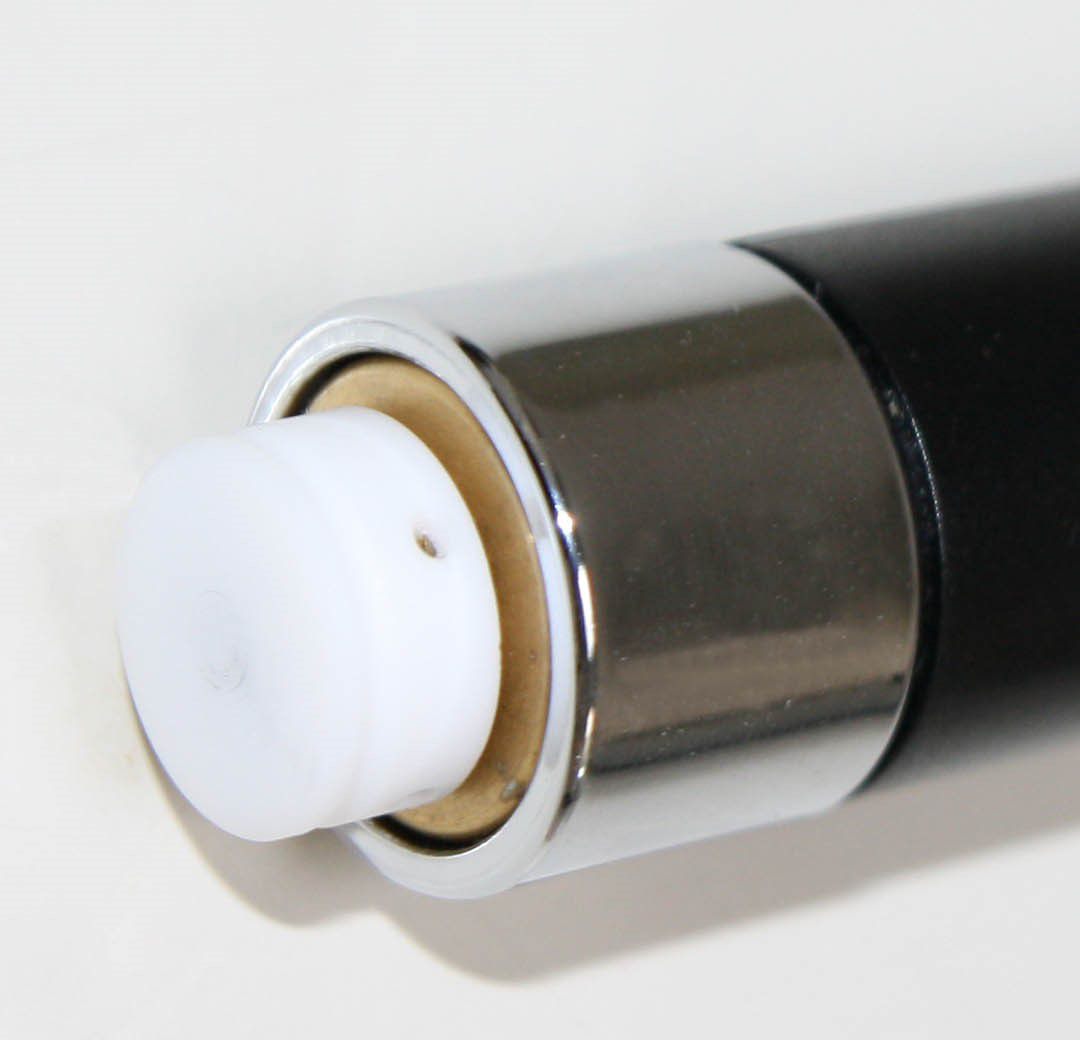Frictiometer FR 700
Assessing Skin Friction
The Frictiometer FR 700 is a quick, easy and economical tool to measure the friction values on the skin and other surfaces for various applications.
Advantages of the Frictiometer
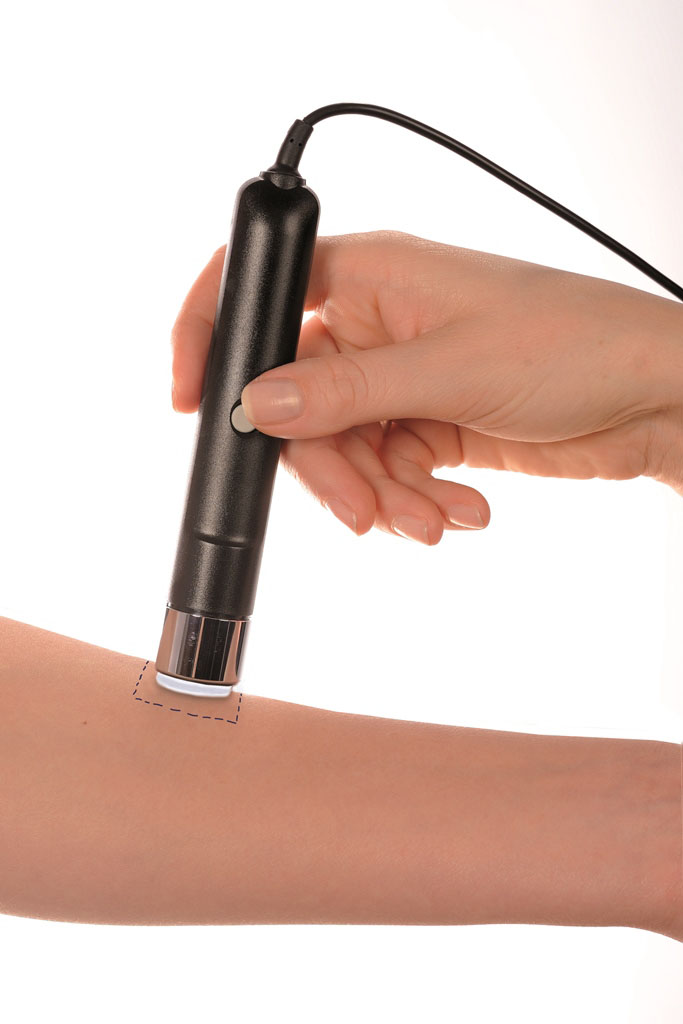
- Constant pressure on the skin by the weight of the rotating disk.
- Different velocities of rotation can be set.
- The probe is especially sensitive and shows a broad scale of measuring results.
- A notch on the measurement head allows the fixation of different materials on the probe head.
- Measurement on different surfaces is possible (e.g. textiles, plastic, metal and many more).
- It allows quick measurements as well as continuous measurements over a longer period.
- The probe head can easily be cleaned after each measurement.
The Frictiometer FR 700 is connectable to the MPA systems (but not the MPA 2) and the MDD device (please see details in Basic Probe Systems).
Measurement Principle
 The probe contains a motor, a steering unit and the friction head with a plain, smooth Teflon disk. The weight of the probe determines the (constant) pressure on the skin. The motor applies a constant rotational speed (adjustable in the software) onto the skin by the friction head. The torque is measured and the result is displayed as (arbitrary) Frictiometer units. The smoother the material on which the probe is placed, the less force is needed in the motor.
The probe contains a motor, a steering unit and the friction head with a plain, smooth Teflon disk. The weight of the probe determines the (constant) pressure on the skin. The motor applies a constant rotational speed (adjustable in the software) onto the skin by the friction head. The torque is measured and the result is displayed as (arbitrary) Frictiometer units. The smoother the material on which the probe is placed, the less force is needed in the motor.Fields of Applications
There are numerous applications possible: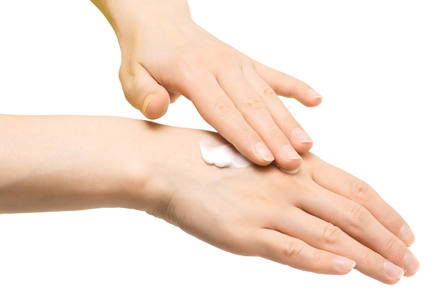

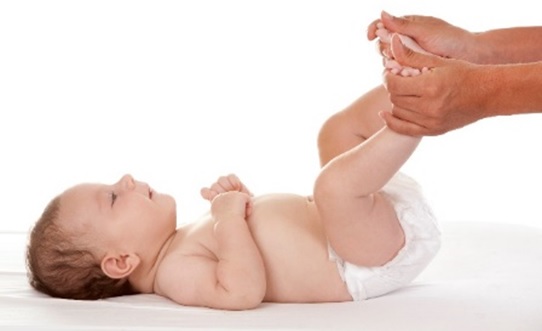
- The probe can measure friction of the skin as well as of other surfaces (e.g. textiles, papers, etc.). The measurement is suitable for comparison measurements, rather than absolute measurements.
- Skin characterization: The friction of the skin is depending on many parameters (dryness, smoothness, roughness, scaliness and other topographic properties).
- Efficacy testing of skin care products: e.g. smoothness, hydration, how quickly a product is absorbed, comparing o/w vs. w/o formulations (w/o emulsions decrease the frictionary resistance more than the o/w emulsions and the effect is longer lasting), and more
- Typical claims (examples) substantiated with the Frictiometer: spreadability/greasiness/stickiness of products, claims related to smoothness/roughness of the skin surface, sensitive skin, and more.
- Effects and irritation potential of textiles and papers used on the skin
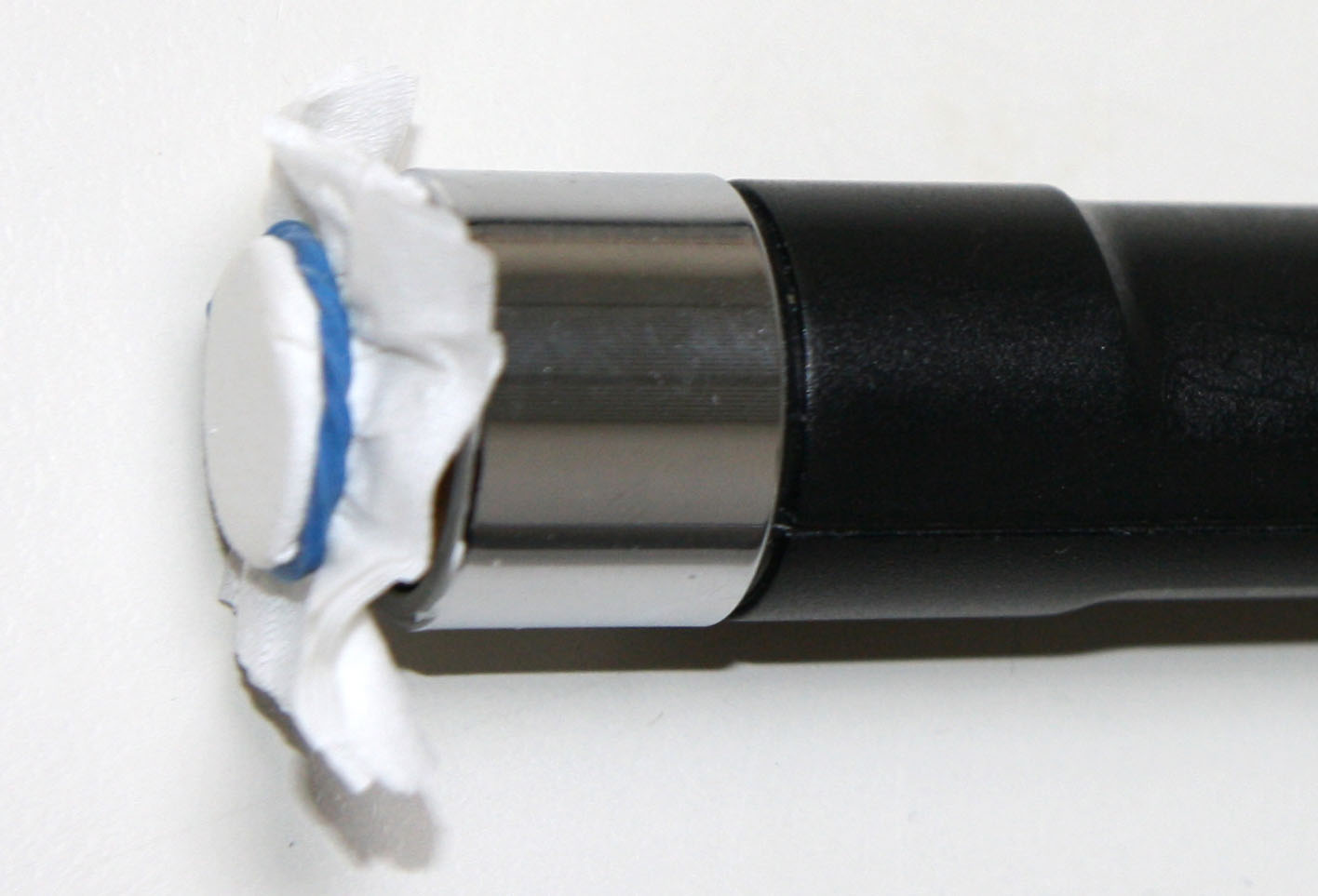 (e.g. diapers, tissue, toilet paper, etc.): For testing, the material is pulled over the friction head and fixed in the notch. The frictionary resistance of the material may lead to irritation on the skin (which then can be assessed i.e. with the Mexameter®). It is possible to study e.g. the effects of untreated paper tissues on the skin in comparison with paper tissues containing additives.
(e.g. diapers, tissue, toilet paper, etc.): For testing, the material is pulled over the friction head and fixed in the notch. The frictionary resistance of the material may lead to irritation on the skin (which then can be assessed i.e. with the Mexameter®). It is possible to study e.g. the effects of untreated paper tissues on the skin in comparison with paper tissues containing additives. - There is a close correlation between skin friction measurements and some sensorial impressions. A recently published and awarded paper by a Swiss group could establish this link well*.
*Petra Huber, Annette Bongartz, Marie-Louise Cezanne, Nina Julius, Department of Food and Beverage Innovation ILGI, Zurich University of Applied Science ZHAW, Switzerland: How far can we predict sensorial feelings by instrumental modelling?
Technical Data
Probe only:
Dimensions: 13 cm, Cable length: approx. 1.3 m, Measuring surface: Ø 16 mm (plain Teflon head), Weight: approx. 130 g incl. cable, Pressure: 0.7 N
Measurement principle: measurement of torque, Units: arbitrary Frictiometer® units, Measurement uncertainty: ± 10%
Technical changes may be made without prior notice.

